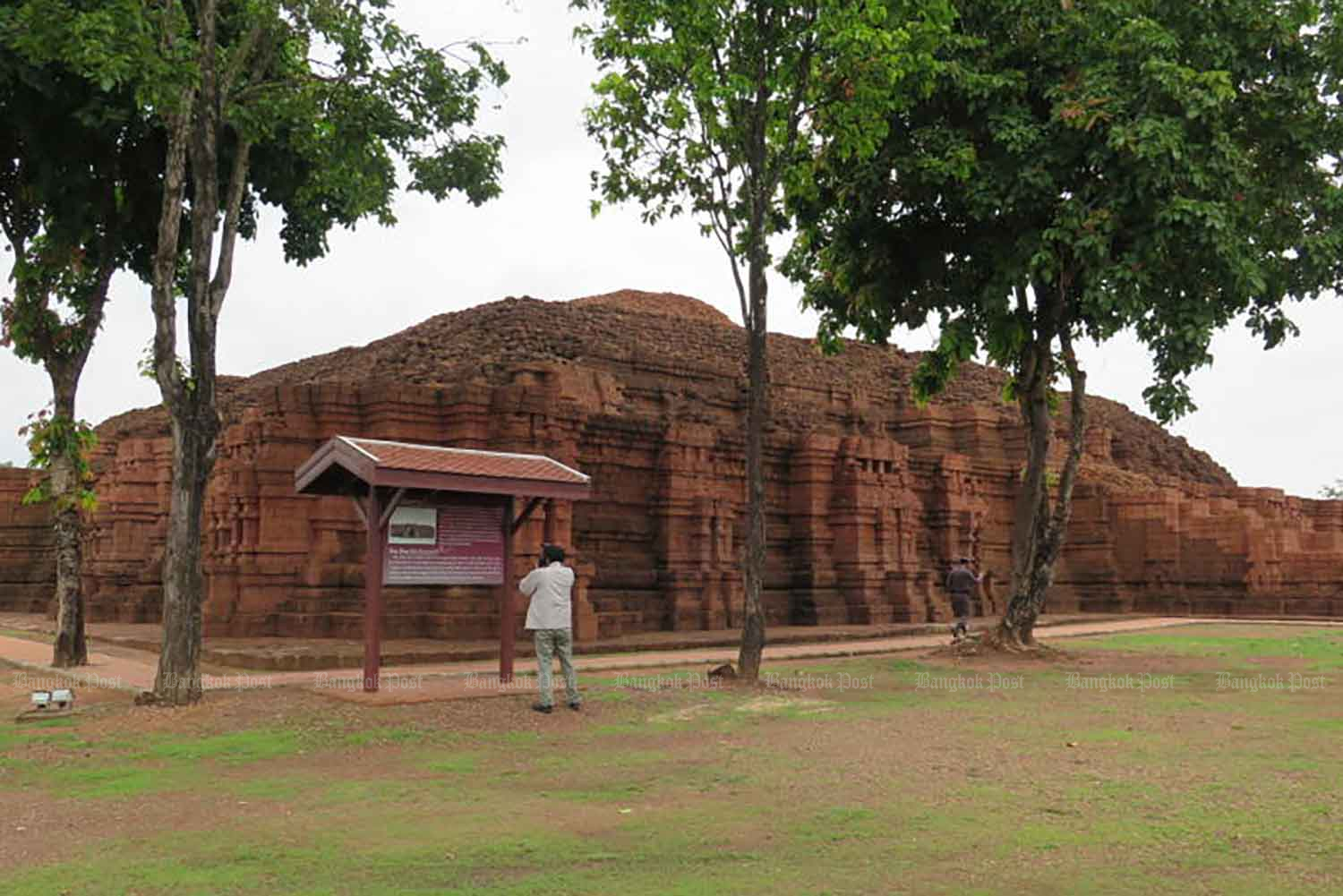
The Unesco World Heritage Committee has listed Si Thep Historical Park in Phetchabun province as a cultural heritage site, according to Deputy Prime Minister Phatcharavat Wongsuwan.
Pol Gen Phatcharavat, as head of a national committee for world heritage protection, said on Tuesday World Heritage Committee listed the site during its 45th session in Riyadh.
Si Thep Historical Park was now Thailand's newest World Heritage site.
He was speaking during a function at Bangkok National Museum.
Culture Minister Sermsak Pongpanich said the World Heritage Committee has now listed four cultural sites in Thailand, the others being Sukhothai Historical Park in Sukhothai province, Ayutthaya Historical Park in Ayutthaya and Ban Chiang Archaeological Site in Udon Thani.
He said the Fine Arts Department would waive admission fees at Si Thep Historical Park from Wednesday to Sunday and hold an exhibition about Si Thep Historical Park and its world heritage significance at the Bangkok National Museum from Wednesday until Jan 14 next year.
Si Thep Historical Park contains the ancient city ruins of Si Thep and the Khao Khlang Nok and Khao Thamorat archaeological sites.
The historical park possesses many noteworthy structures. They include a Khmer-style prang, Thailand's only pyramid-shaped hill, Khao Klang Nok, and a Buddhist stupa called Khao Klang Nai, famous for its Dvaravati-style bas-relief and the small figurines around the structure's foundation.

Si Thep historical park (Photo: Fine Arts Department)
The site is around 1,700 years old and recognised both for its cultural and historical significance, and has been listed as a national archaeological site since 1935.
Encircled by a city wall and moat, this ancient town spans 4.7 kilometres and includes a unique two-layered layout reminiscent of the Dvaravati civilisation, which flourished between the 6th and 11th centuries.
Back in 1978, the Fine Arts Department began an excavation, to conserve and develop the archaeological site, which is home to more than 100 ruins of Buddhist and Hindu monuments in addition to 100 ponds of various sizes.

Si Thep historical park (Photo: Fine Arts Department)